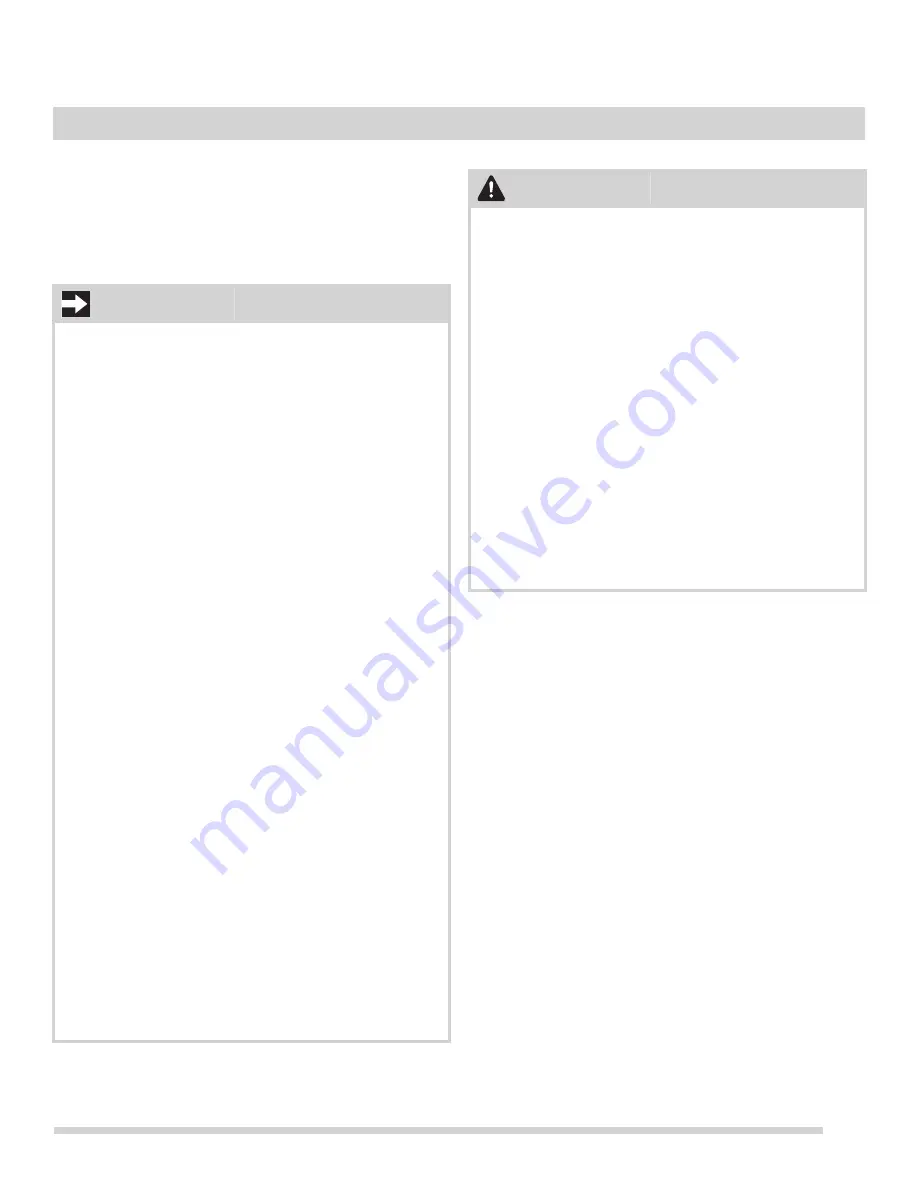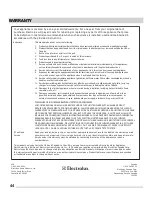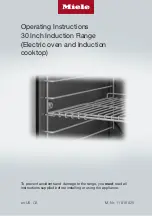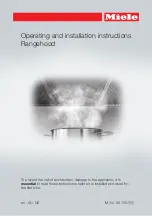
35
OVEN CONTROLS
Self Cleaning Operation
A self cleaning oven cleans itself with high temperatures
that are well above normal cooking temperatures. These
temperatures eliminate soils completely or reduce them to a
fine powdered ash that can be wiped away with a damp
cloth.
What to Expect During Self Clean
When the oven is set to run a self clean cycle, the motor
door lock will begin locking the oven door. Do not open the
oven door while the lock motor is running or when any
locking indicators or displays are showing. The oven door is
completely locked in about 15 seconds.
While in self clean mode, the oven heats to temperatures
much higher than those used in normal cooking. Sounds of
metal expansion and contraction are normal.
Odors are normal as the food soil is being removed. Smoke
may appear through the oven vent.
If heavy spills are not wiped up before cleaning, they may
flame and cause more smoke and odor than usual. This is
normal and safe and should not cause alarm. If available,
use an exhaust fan during the self cleaning cycle.
Adhere to the following cleaning precautions:
•
Completely remove all oven racks and any cooking
accessories from the oven to avoid damage to the
racks. If oven racks are not removed before a self
clean, they will lose their special coating and will no
longer slide in and out of the oven cavity effortlessly.
•
Remove all items from the oven and cooktop
including cookware, utensils, and any aluminum foil.
Aluminum foil will not withstand the high self clean
temperatures.
•
Do not line the oven walls, racks, bottom or any other
parts of the range with aluminum foil. Doing so will
alter heat distribution, produce poor baking results
and may cause permanent damage to the oven
interior. During self clean temperatures the oven will
be hot enough to melt foil.
•
Do not spray oven cleaners or protective coatings in
or around any part of the oven interior.
•
Clean any soil from the oven frame, door liner outside
the oven door gasket, and the small area at the front
center of the oven bottom with soap and water. These
areas heat sufficiently to burn soil on.
•
Remove any excessive spills from the oven cavity
before starting the self cleaning cycle. To clean, use
hot, soapy water and a cloth. Large spills can cause
heavy smoke or fire when subjected to high tempera-
tures.
•
Do not allow food spills with a high sugar or acid
content (milk, tomatoes, sauerkraut, fruit juices, or pie
filling, etc.) to remain on surfaces. They may leave a
dull spot even after cleaning.
•
Do not clean the oven door gasket. Take care not to
rub, damage, or remove the gasket or use any
cleaning substances on the oven door gasket
(
Figure 38
). Doing so could cause damage and
reduce the efficiency of the oven’s performance.
IMPORTANT
•
Do not leave small children unattended near the
appliance. During self clean, the range may become
very hot to the touch.
•
The oven bake and broil elements may appear to
have cooled after they have been turned off. The
elements may still be hot and burns may occur if
these elements are touched before they have cooled.
•
Use caution when opening the door after the self
cleaning cycle is completed. The oven may still be
very hot. Stand to the side of the oven door when
opening the door to allow hot air or steam to escape.
•
Do not force the oven door open when self clean is
active. This can damage the automatic door locking
system. Use caution when opening the door after self
clean cycle is complete; the oven may still be very
hot.
•
The health of some birds is extremely sensitive to the
fumes given off during the self cleaning cycle of any
oven. Move birds to another well ventilated room.
CAUTION










































